PPS (Polyphenylene Sulfide) is a tough, high-performance engineering thermoplastic featuring high dimensional stability.
Benefits of PPS (Polyphenylene Sulfide)
Excellent chemical resistance
Good electrical insulator
High mechanical strength
High strength-to-weight ratio
Corrosion resistant
Creep resistant
Dimensional stability
Product Options
Colors
Natural
Grades
-
Unfilled
-
Glass Filled
-
Bearing Grade
Sizes
Shape
Sizes

Dimensions: 12″ x 12″, 24″ x 48″
Thickness: 0.25″ – 2″

Diameter: 0.25″ – 5″
Length: 96″
Technical Resources
All Resources
No results found
All Manufacturers
No results found
- PVC vs CPVC: Which Is Better?
- Polypropylene vs. Polyethylene: How Do They Differ?
- Thermosets vs Thermoplastics: How They Differ
- Homopolymer vs Copolymer
- Plastics Pyramid
- Amorphous vs Semicrystalline
- Fiber Reinforced Panel Alternatives
- How To Choose the Right Plastic for Your Project
- LEXAN™ CLINIWALL™: Next Generation Wall Cladding
- BioPhorum, Polymershapes, and the Future of Material Sterilization
- Design for Manufacturability and Its Importance
- PETG – Markets Served and Industry Applications
Suppliers / Brands
Common Applications
Physical Properties
| Units | ASTM Test | PPS | |
|---|---|---|---|
| Tensile strength @ break @ 73°F | psi | D638 | 7,250 – 23,000 |
| Flexural modulus @ 73°F | psi | D790 | 348,000 – 3,540,000 |
| Izod impact (notched) | ft-lbs/in of notch | D256 | 0.46 – 1.5 |
| Water absorption @ 73°F – 24 hours | % | D570 | 0.020 – 0.031 |
| Coefficient of linear thermal expansion (CLTE) | (in/in F) | D696 | 7.3E-6 to 2.9E-5 |
| Coefficient of friction | D1894 | 0.090 – 0.40 | |
| Deflection Temperature Under Load @ 264 psi | °F | D648 | 214 – 512 |
* Technical Data is provided courtesy of UL Prospector (www.ulprospector.com) and IAPD (www.IAPD.org).
Data is to be considered representative and is provided for guidance only. All product performance must be verified by the user under actual application conditions.

 Aerospace
Aerospace
 Automotive
Automotive
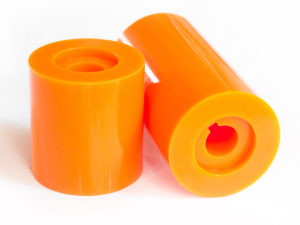 Bearings & Bushings
Bearings & Bushings
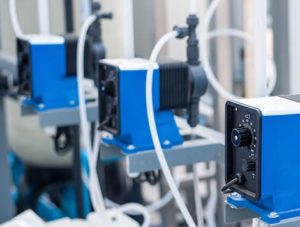 Chemical Processing
Chemical Processing
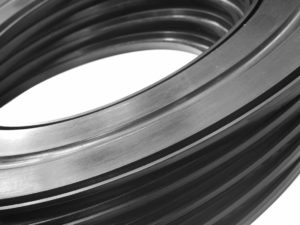 Gaskets & Seals
Gaskets & Seals
 Heavy Equipment
Heavy Equipment
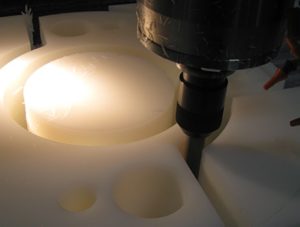 Machine Shops
Machine Shops
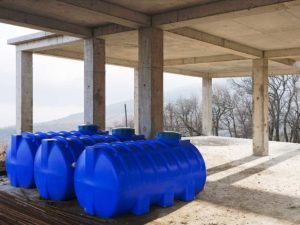 Plastic Storage Tanks
Plastic Storage Tanks
 Valves & Fittings
Valves & Fittings